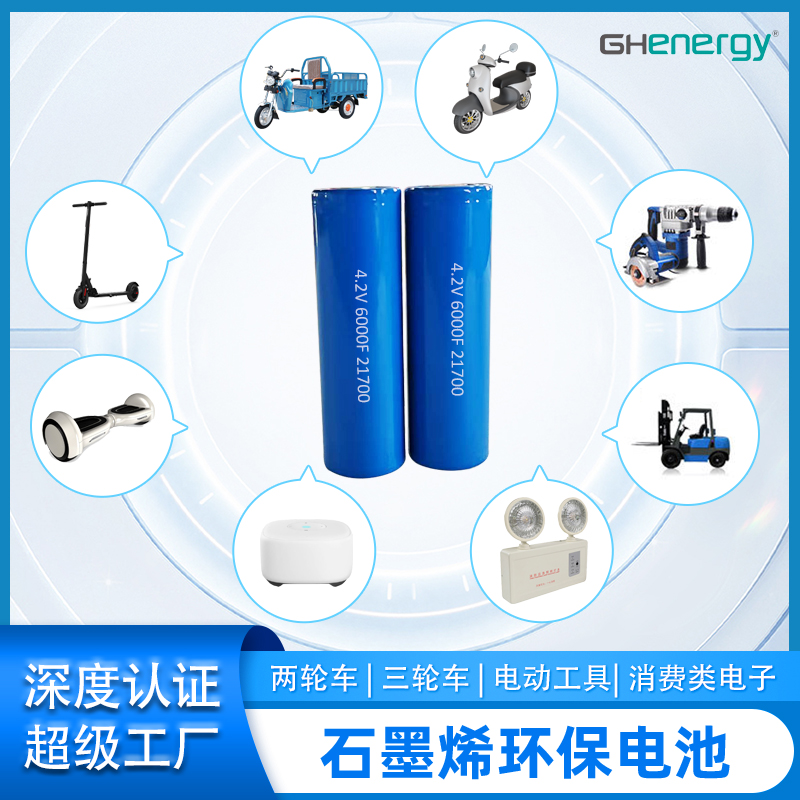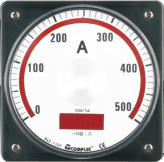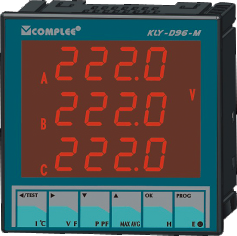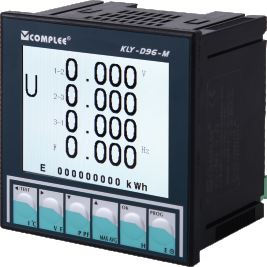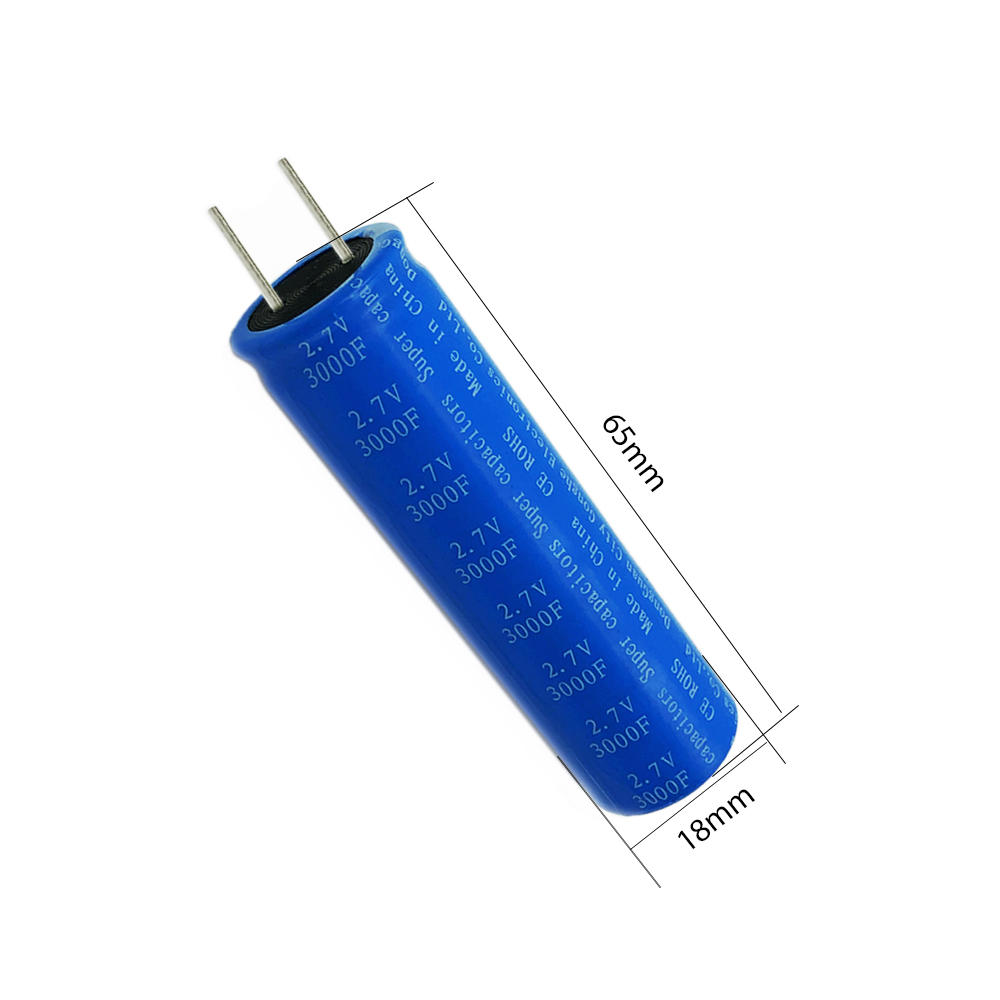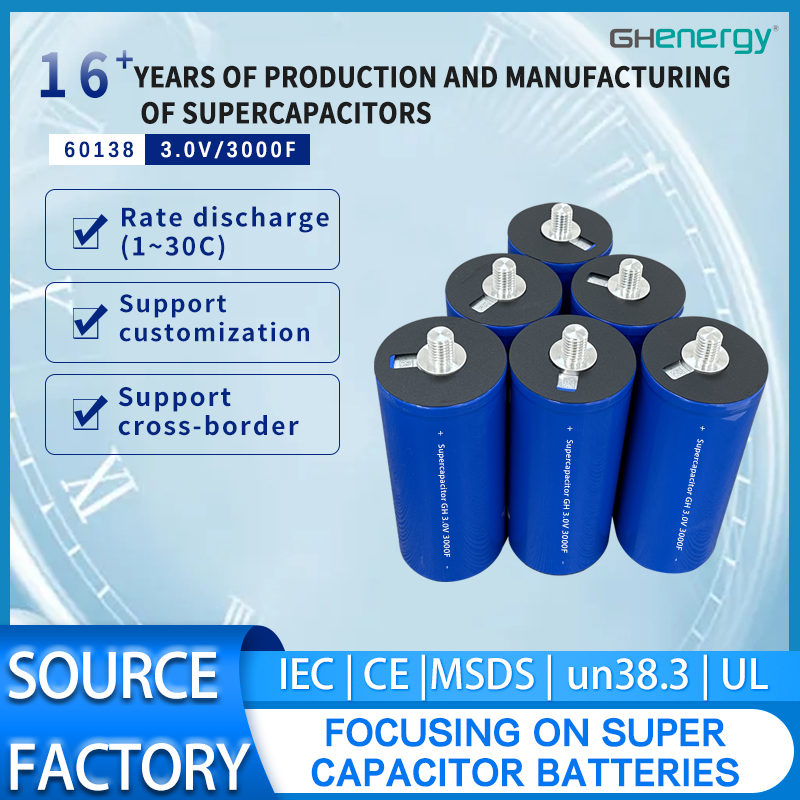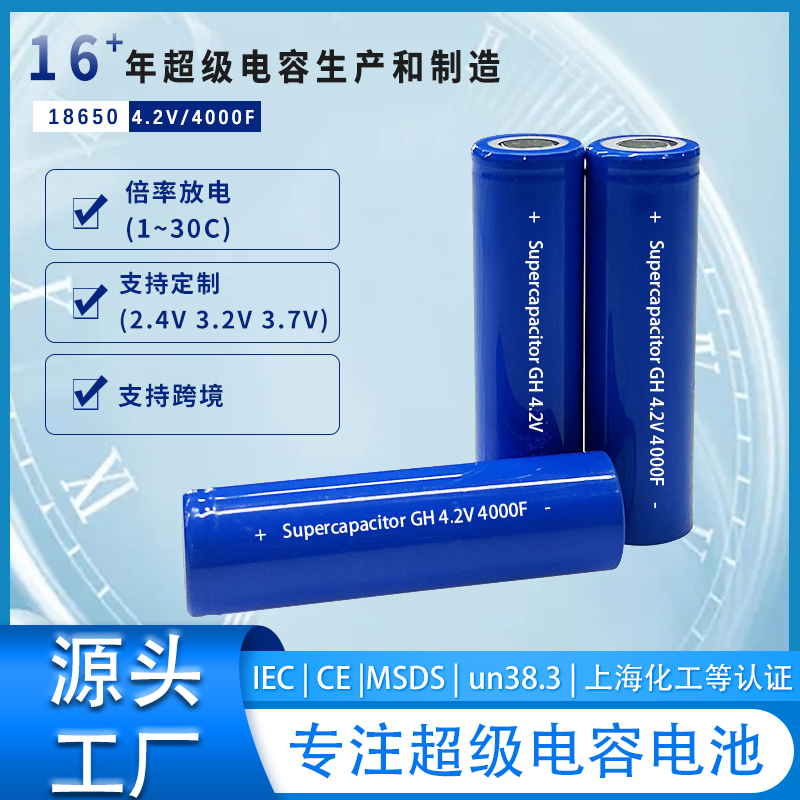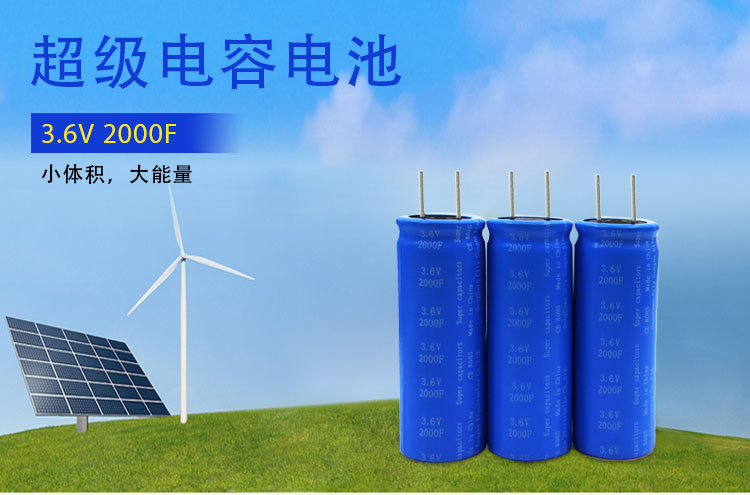Wedoany.com Report-Oct 25, Statkraft can likely count on support from the EU in its plans to build a hydrogen production site in Germany.
The Norwegian state-owned company wants to build electrolysis capacity of 200 MW in Emden, Lower Saxony, on the North Sea coast.
Statkraft also plans to install large heat pumps with a total output of 50 MW in order to raise the waste heat from the electrolysis to a higher temperature level so that it can be used as district heating. The EU has now asked the energy company to enter into negotiations on funding of up to €107 million ($116 million) for its project.
Statkraft plans to initially produce up to 20,000 tons of green hydrogen annually for industry in Emden. The company aims to later generate up to 50,000 MWh of climate-neutral heat per year. Statkraft already supplies industrial customers in Emden with district heating from a biomass plant installed there. Provided the EU approves funding, Statkraft will receive funds from the EU Innovation Fund, which promotes the development of innovative technologies to reduce greenhouse gas emissions in Europe.
Plant to be connected to the hydrogen core network
Statkraft has signed several letters of intent with potential buyers of green hydrogen and climate-neutral district heating in Emden. The hydrogen produced is to be transported to customers nationwide via the hydrogen core network recently approved by the Federal Network Agency. Statkraft points out that its own large portfolio of renewable plants in Germany ensures high utilization of the electrolyzer.
In a first step, Statkraft wants to build a pilot electrolyzer with a capacity of 10 MW in Emden. The investment decision is expected to be made this year. Statkraft plans to supply the hydrogen produced to filling stations in the region.
“In Emden, we are opening the first chapter of our ambitious hydrogen plans in Germany,” said Helge-Jürgen Beil, vice president for hydrogen at Statkraft in Germany. “We want to be one of the leading producers of green hydrogen in Germany and are very pleased that we can count on EU funding for this project, which is important for us.”
